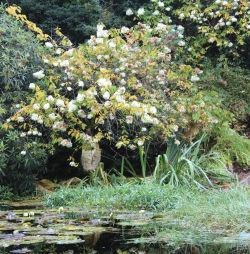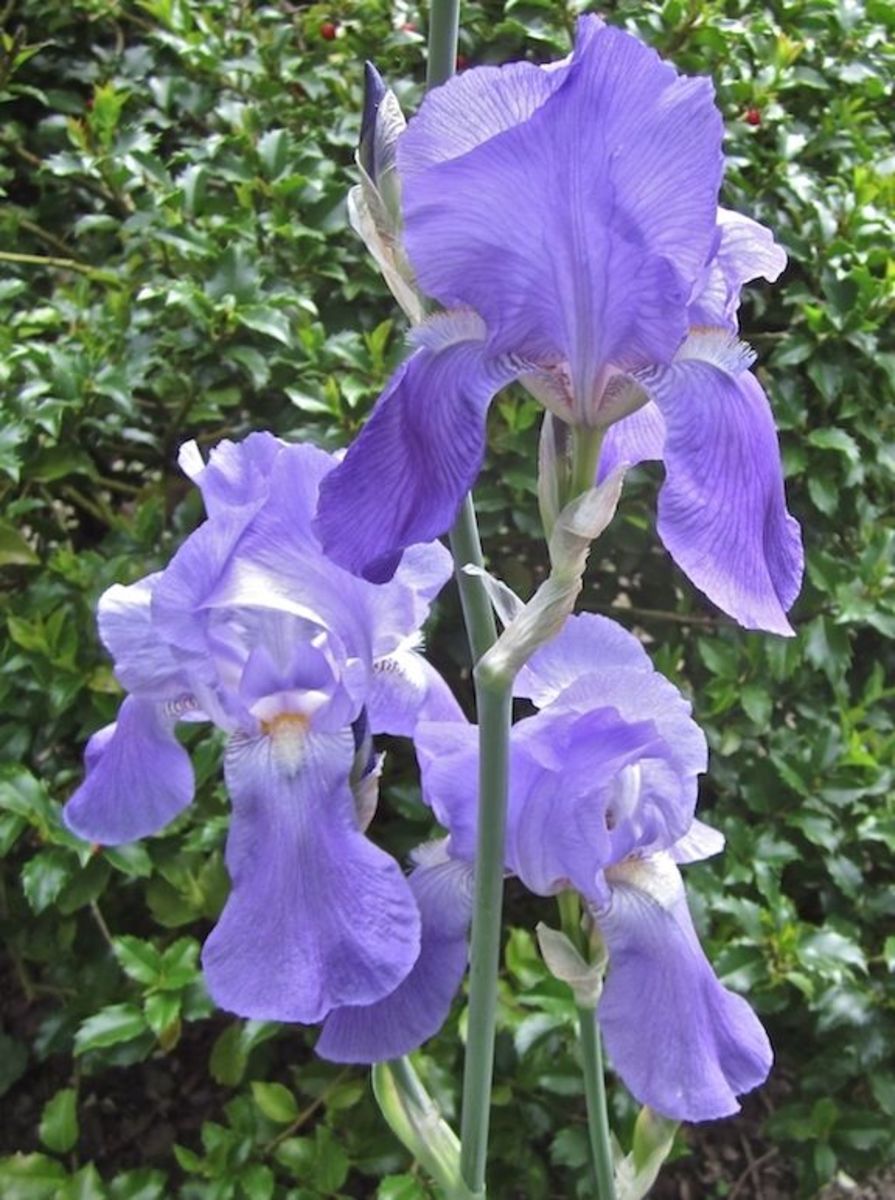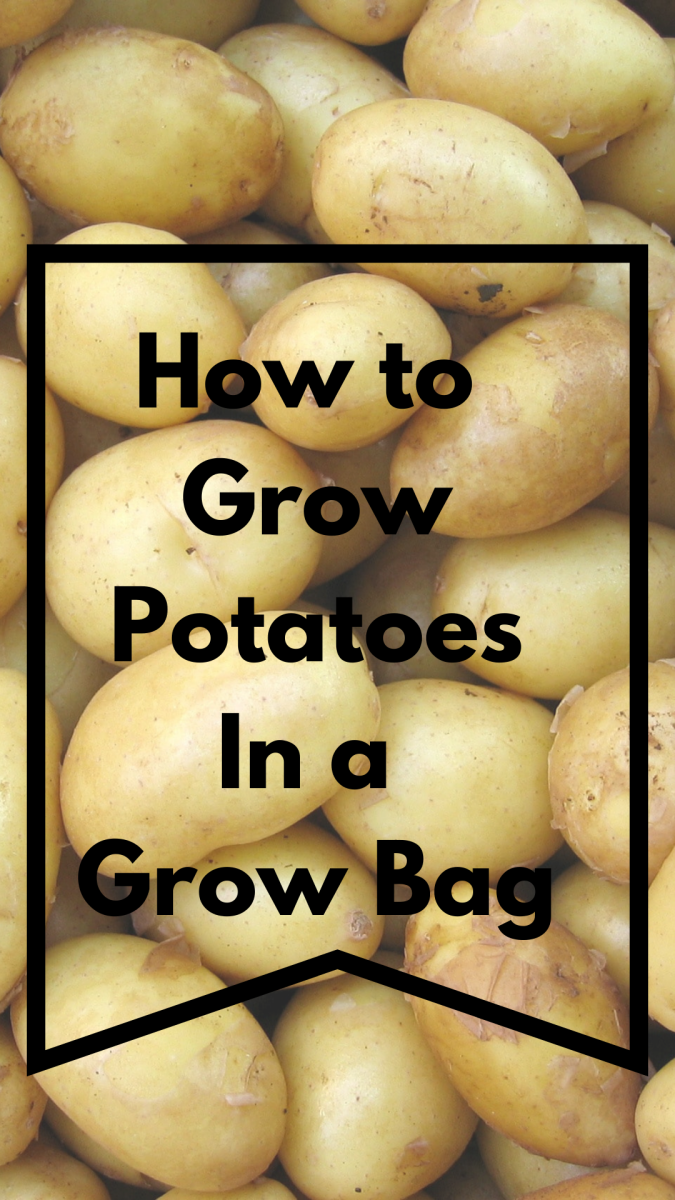How to create microclimates in your garden

Would you like to grow a wider variety of plants?
Every plant and animal has adapted to a specific range of environmental conditions. If we understand these conditions we can create them in our gardens using simple garden design techniques. This enables us to grow a greater range of plants that will be healthier and require less maintenance.
Take for example the mango tree. The mango has evolved in a tropical ecosystem. Conditions are warm and humid, sheltered from winds, frosts and cold rains. In contrast the herb rosemary, which is native to the Mediterranean coast, has developed a liking for poor dry soils, direct sunlight and exposure to sometimes very harsh winds.
It is possible to grow these two very different plants in the same garden, but it will require careful siting and a willingness to develop the appropriate environmental conditions, or microclimates, for each plant. In this article I will take you through the main aspects you need to consider when designing a garden with a wide range of microclimates.
Image: Copyright Colin Broug.
Observe naturally occurring garden microclimates
Firstly you need to identify if and where these conditions are already occurring. This requires a careful analysis of all environmental factors in your garden. Spend some time wandering about at different times of the day and throughout the year. If possible draw the winds, sun patterns and frosts that you observe, and take note of variations in humidity, warmth, soil conditions and vegetation growth.
What you will begin to discover is that various spots around your garden are very different to others. In one part of the garden it may be warm and sheltered in winter while the majority of the garden is cold and windy. Other spots may be moist and cool even during a drought. These variations occur naturally and are called microclimates.
Having identified natural microclimates in your garden you can begin to take advantage of them, modify them further to suit your needs and even begin to create some of your own. The following factors all play a part in the formation of microclimates.

Use sunlight to create garden microclimates
The movement of the sun varies throughout the year. In the southern hemisphere the sun is much lower in the sky during winter, rising in the northeast and setting in the northwest. In summer, the sun rises in the east, travelling higher in the sky and setting in the west. These variations work in the opposite way in the northern hemisphere and play a major role in microclimate development.
Depending on the orientation and time of year, different areas of your garden will get more or less sunlight and shade then others. Thus, during winter, a south-facing area in your garden is likely to be cool, dark and damp, while a north-facing garden will be warm and sunny. If protected from winds and frost, such an area will create a natural suntrap, perfect for plants that prefer warmer conditions.
Image: Copyright Andreas Krappweis.
Use the natural topography to create garden microclimates
The top of a hill will offer very different growing conditions to the bottom of a hill. The further up the slope you go, the poorer and dryer the soil will be and the more exposed the site will be to winds. Down slope will be more sheltered and the soils moister and more fertile, however there may be a tendency for the area to be frost affected in winter as frost tends to flow downhill like water and settle in the hollows of the landscape. It may also have a tendency to become waterlogged.
Understanding these topographical variations is another important aspect to creating and using microclimates, ensuring that plants are grown in the conditions that suit them best and giving you a wider range of species in your garden.

Make use of water to create garden microclimates
A body of water reflects sunlight and tends to make the area surrounding it cooler and moister in summer and warmer in winter. Areas around ponds and dams therefore tend to be less susceptible to frosts and can support a wider range of plants. When surrounded by vegetation to the south, east and west in the southern hemisphere, or north, east and west in the northern hemisphere, they become wonderful suntraps, sheltered warm places where many plants will thrive even in the cooler months. Such spots can be shaded from harsh summer suns by deciduous trees and shrubs.
One reason water modifies temperature in this way is because it has thermal mass. Thermal mass refers to the ability of a material to absorb heat or coolness and store it for a long period of time. One of the reasons why water modifies the temperature of the surrounding air is because it has the ability to absorb and store heat from the sun during the day and release it slowly during the night. This is due to its thermal mass. Taking advantage of thermal mass is an excellent way to maximise winter warmth. Rainwater tanks, north facing walls and concrete paths all have thermal mass.
Image: Copyright FSG777.
Provide shelter from winds to create garden microclimates
Both the hot dry winds of summer and the cold winds of winter can be incredibly destructive to plants, particularly as they dry the soil and remove humidity from the surrounding air. Generally speaking, in the southern hemisphere very cold winter winds tend to come from the south and west, while hot dry summer winds tend to come from the northwest.
Windbreaks can be incredibly valuable in protecting your plants and are an important means of facilitating microclimate development. If designed effectively a good windbreak will not only provide wind protection, but can also create a suntrap, provide habitat for pest devouring birds and insects, act as a wildlife corridor and help divert frosts around your garden.
Learn more about creating garden microclimates - Here are a few indepth books I would highly recommend
More on creating garden microclimates
These are just a few pointers to begin facilitating garden microclimate development. The more you observe and understand your garden, the more important these factors will become in creating a diverse and productive landscape. Share your own experiences of garden design that creates microclimates...
In my other life...
- Surrender to the Infinite
My blog on spiritual non-attachment and personal growth. - Insight Astrology -
Astro updates and readings for intelligent folk







